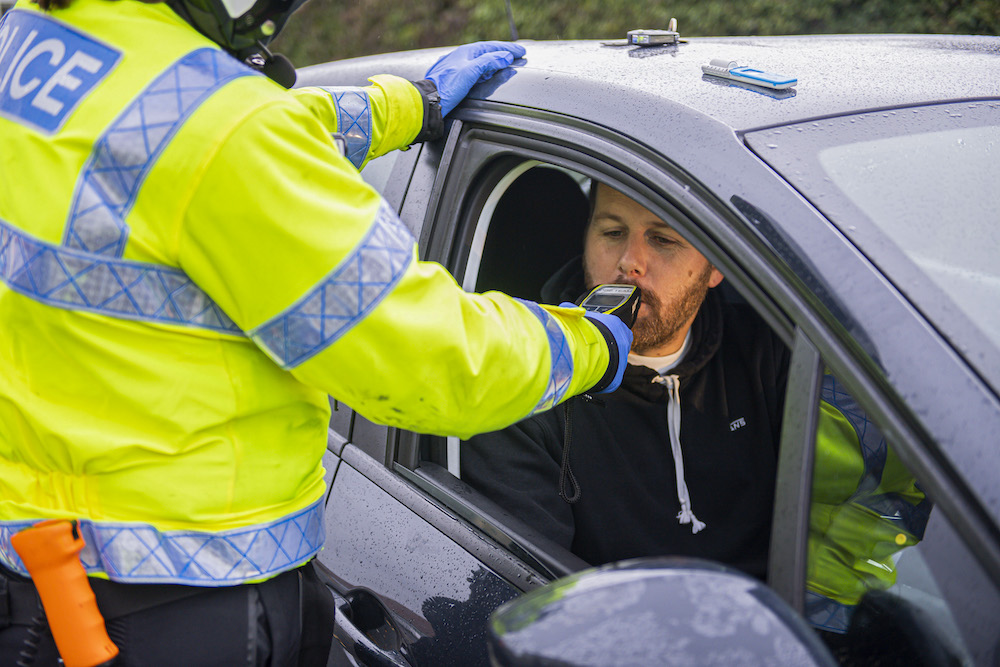
People are being asked to have their say on the new strategy to eliminate road deaths and serious injuries in Leeds.
Leeds City Council is proposing a fundamental change in its approach to tackling road danger. A public consultation starts today (Monday 28 February 2022) for people who visit, live and work in Leeds to shape the proposals.
The draft Leeds Safer Roads Vision Zero 2040 strategy sets out an ambitious plan to transform road safety. Vision Zero is a ground-breaking approach to reducing road danger, based on the ethical position that nobody should die or suffer serious injury when walking, cycling, riding, or driving on the roads.
To find out more and have your say, visit leedssaferroadsvisionzero.
The strategy, developed by the Leeds Safer Roads Partnership, is made up of five ‘Safe System pillars’ to comprehensively address road danger. These are:
- Safe Behaviours and People – encouraging behaviours that help to keep all road-users safe, focusing on preventing speeding, seatbelt offences, drink and drug driving, and distraction.
- Safe Speeds – stopping people driving at illegal, dangerous and inappropriate speeds through street design, targeted enforcement, reviewing speed limits and education campaigns.
- Safe Roads – designing streets that put the needs of people above those of vehicles. That means creating streets that are safer for active travel, such as walking and cycling, and reduce the likelihood and severity of collisions.
- Safe Vehicles – raising awareness about responsibility for roadworthy vehicles, enforcing offences and considering how technology and design features can help to prevent crashes.
- Post-collision Learning and Care – raising awareness of support services, improving understanding of road danger and advocating for justice for road-crash victims.
The Safe System model considers the broader context of road safety and advocates for systemic change. It requires everyone to play their part. While all road users will be encouraged to behave safely and legally, responsibility will also sit with those who plan and manage the transport system.
Commitments in the new strategy include data-led enforcement, working with communities and partners, and promoting a culture of traffic safety. Existing initiatives such as Operation SPARC, Operation SNAP, speed compliance activities and targeted road safety training will be further developed.
The strategy reflects the Highway Code’s hierarchy of road users, which prioritises pedestrians and cyclists, and states that road users who can do the greatest harm to others have a greater responsibility to behave safely.
Significant progress has been made in reducing casualties on Leeds’s roads since 2000, but in recent years the decline has levelled off.
Between 2016 and 2020, crashes on roads in Leeds killed 83 people and seriously injured 1,498 people. A further 8,317 people suffered minor injuries, bringing the total number of injuries and deaths to 9,898. Road crashes usually involve motor vehicles, but most of the victims who were killed or seriously injured were walking, cycling, or riding a motorbike.
Councillor Helen Hayden, Leeds City Council executive member for infrastructure and climate said:
“This new strategy will transform our approach to road safety. We need to remember that behind every statistic a person is killed or seriously injured on our roads. Someone’s life has been cut short, leaving behind a devastated family, or their health has been adversely affected.
“Our vision is that by 2040 no one will be killed or suffer serious injuries on roads in Leeds. The strategy sets out our plan to achieve this and make the roads safer for people to walk and cycle. I am very proud that Leeds is the first city in West Yorkshire to adopt the ‘Vision Zero’ approach.
“This is a great opportunity to give your feedback and help shape our ambitious proposals. I would encourage everybody to take part in the consultation and have your say.”
Chief Superintendent Ed Chesters, West Yorkshire Police said:
“Despite significant improvement over recent years, people are still dying or suffering serious injury on roads in Leeds. That’s why safer roads are a Policing and Crime Plan priority, and we are committed to working with Leeds City Council to reduce road danger.
“We welcome the adoption of the Vision Zero strategy in Leeds, which represents a real opportunity to bring about significant changes to the way that we work together to make the roads safer for everyone. The strategy will help us to cut the risk of collisions, increase community confidence and promote safer, more active and sustainable travel.
“I hope the public get involved with this consultation so the strategy can be developed in collaboration with the residents of Leeds.”
Two public consultation events are taking place for people to ask questions and learn more:
- Drop-in event: Tuesday 22 March, 12pm – 5pm at Leeds Kirkgate Market, Vicar Lane, LS2 7HY
- Online webinar: Friday 25 March, 12pm – 1pm
To learn more and have your say, visit leedssaferroadsvisionzero.
This post is based on a press release issued by Leeds City Council



I agree that we need to reduce dangerous driving. But nobody is addressing the illegal use of electric scooters. Mainly by youngsters on the pavements. Older residents are not aware of there whereabouts as they are silent. Also kids don’t care about road safety or pedestrian safety. They just shout abuse back there are no police about and no restrictions obviously
Have seen electric scooters used on roads in traffic and some -but not all -users of mobility scooters should be more road aware,I have on occasion seen pavement scooters on roads and there is one particular neighbour of mine who will use her pavement scooter on the road and use a umbrella in one hand if it’s raining and try to control the scooter with her other hand -how can this be safe?
1.) Now we have the cycle way on Dewsbury Rd there needs to be a clamp down on riding adult bikes on the opposite footpath. I’m sick and tired of mature cyclists trying to barge their way past, especially from behind when queueing at the bus stop.
2.) The positioning of pedestrian indicators at new crossings is ridiculous. You used to be able to see a red or green aspect across to where you were wanting to cross. It was then easier to co-ordinate with the vehicles stopping. As usual some idiot in the Dept of Transport will have designed the new model. If it ain’t broke don’t fix it.
A friend of ours lives in Crossgates and sees teenage boys using e-scooters on main roads and pavements,they don’t seem to care about road safety as these are only for use on private land, guess it’s only a matter of time before a rider or pedestrian is injured